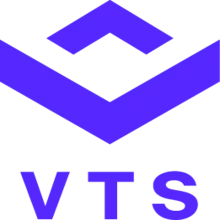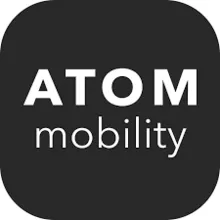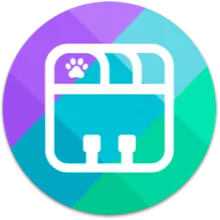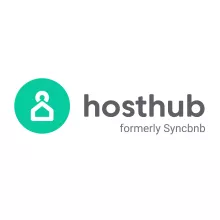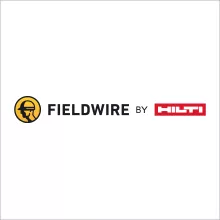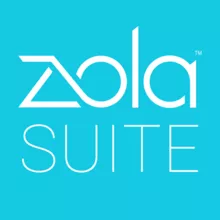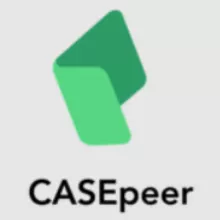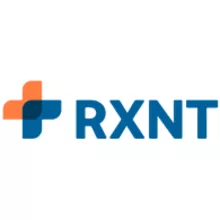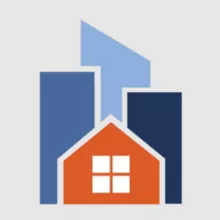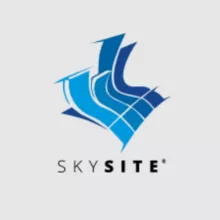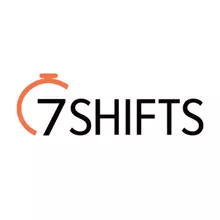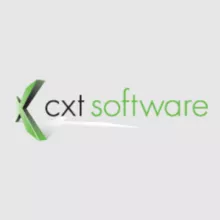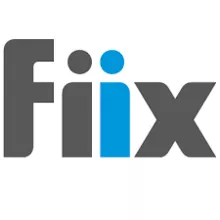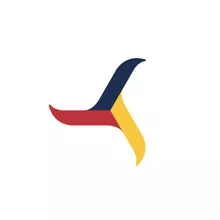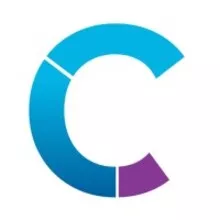Property Management software for portfolios or single properties
Logistics Software: Overview
Logistics software is created to give logistics companies the tools to run and manage their product delivery operations. This type of software essentially has two sides:
- Management of the supply chain. These characteristics control the pick-up, tracking, and delivery of freight. SCM requires keeping track of all inventory and transportation data to ensure that the product reaches its intended location.
- Brokerage and bidding are two different things. Because most logistics companies work on a contract basis, freight brokerage software must also manage the commercial side. Bid and contract administration, CRM, accounting, and other critical company operations may be found in freight broker software. Because some organizations specialize only in freight brokerage, software solutions are dedicated to these activities, sometimes referred to as freight broker or freight forwarder software.
Logistics Software: Features
In the last few months, the use of specialized logistics software has increased, and the global supply chain in the post-pandemic world now has a lot more to offer. The uses of technology in the logistics business have been disruptive, ranging from automatic scheduling, geofencing, and real-time tracking capabilities to AI-powered systems for smart warehousing, analytics, and last-mile delivery.
- Manages purchase orders and inventory levels, keeping track of on-hand, allocated, and requested amounts and historical and trend data for forecasting. Order fulfillment, warehouse control, and supplier sourcing are all supported.
- Includes shipment aggregation, route optimization, real-time cargo tracking, dispatch scheduling, and automated carrier selection (to find the wisest carrier or shipping method for each delivery).
- Barcode or RFID scanning, inventory transfer, and smart storage capabilities are usually included to aid the warehouse manager with storage site selections and picking/packing.
- Because many freight carriers handle international cargo, most systems let you manage currency conversions, customs, taxes, various languages, and trade restrictions, among other things.
- As an item goes through the supply chain, it may be used to track its prior and present locations. The terms "tracking" and "tracing" relate to the present and historical positions of things, respectively. Track and trace software uses barcoding, GPS, and radio frequency identification devices to collect data.
- Simplifies accident procedures, insurance claims, missing freight, and other mishaps to help make the best of unfortunate situations. It can also identify places where risk can be reduced, such as by looking at driver history or hazmat practices.
- To provide smooth information transfer between freight management and payment, it handles quotations, costs, billing, invoicing, receivables, and even currency transfers.
- Supports sales and marketing, as well as customer service and satisfaction.



